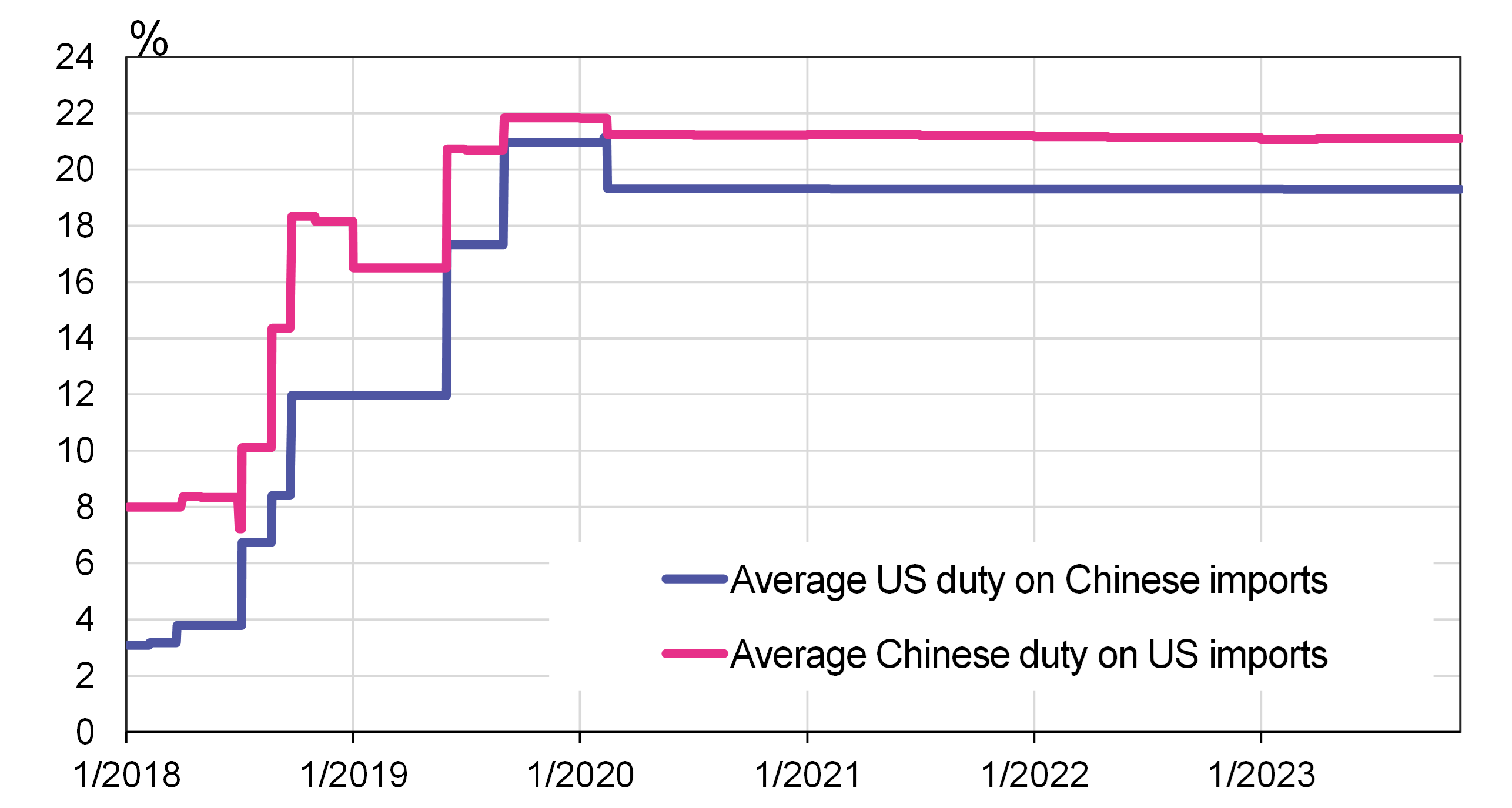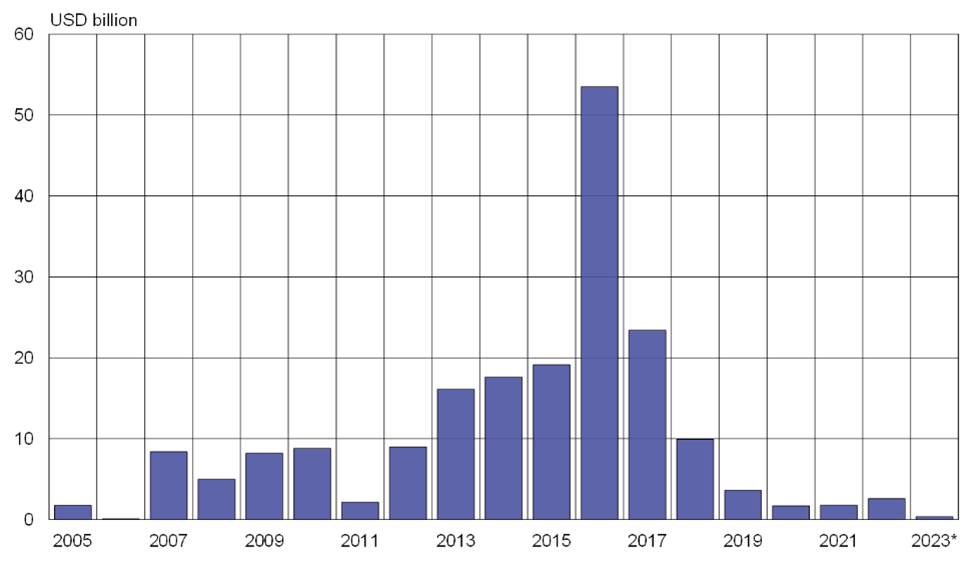BOFIT Weekly Review 46/2023
Meeting of presidents Joe Biden and Xi Jinping yields no notable improvements in US-China economic relations
On Wednesday (Nov. 15), US president Joe Biden and Chinese president Xi Jinping met in San Francisco while participating in a meeting of the Asia Pacific Economic Cooperation (APEC) forum. Although the presidential get-together failed to produce a significant shift in the economic relations of the world’s two largest economies, the fact that the top leaders of both countries are back on speaking terms is significant in itself. The two presidents revived the dialogue they started in Bali last year, and discussed cooperation despite their many fundamental differences. The two countries, for example, conceded that they share interests in such areas as climate change and regulation of artificial intelligence (AI). The presidents also discussed the importance of maintaining bilateral relations and keeping channels of communication open. Two concrete examples of thawing relations could be seen in the decisions to resume high-level military communications and push ahead on an agreement on Chinese production of the chemical precursors used in the illicit production of the synthetic opioid fentanyl. Among the top geopolitical topics discussed were the Israel-Hamas conflict, Russia’s war of aggression on Ukraine, the Taiwan situation, and human rights.
US-China relations have been tense since 2018, when a trade war broke out and both countries found themselves in greater competition as “decoupling” advanced. The dynamics of global trade have shifted over the past five years since the US and China decided to impose import tariffs and export restrictions on each other. The latest actions involve updates to US bans on technology exports to China introduced in October 2022. The updates extend the bans to include Nvidia’s H100 and H800 chips used in AI applications and certain chips for the AI training and autonomous vehicle sectors, as well as the inclusion of several new Chinese firms to the entity list of firms subject to US export bans. US-China trade relations are not expected to improve in the near future and import tariffs will remain high. Differences over access to certain technologies is particularly thorny as the US would like to have greater say in China’s emergence as a technological superpower.
Average customs duties between the US and China remain high
Sources: PIIE and Macrobond.
Poor relations between the world’s two largest economies affect the global economic situation by, among other things, undermining economic confidence. In addition, broad export restrictions and customs duties make the business environment more challenging for many international companies. The current trade war has effectively reshaped the structure of world trade, and the mutual importance of the US-China trade partnership has diminished in recent years. The US currently accounts for about 11 % of China’s goods trade (imports and exports), down from over 14 % before the trade war. China’s share of US goods trade has declined from around 16 % to 13 %. At the same time, the significance of Southeast Asia as a trading partner has increased for both parties during the trade war – an indication that production chains have also been reshaped by this new dynamic.
Increased US monitoring of foreign direct investment and a shared bipartisan understanding in the US Congress of the need for strict China policies are reflected in the drop in Chinese investment in the US. Figures compiled by the American Enterprise Institute show that the total value of large direct investment flows into the US (investments over 100 million dollars) from China totalled 130 billion euros for the 2013–2017 period. During the trade-war years of 2018 to 2022, the value of new direct investment flows amounted to only about 20 billion euros, or 15 % of the amount in the previous five-year period. Part of the drop, of course, reflects the massive drop in investment during the peak pandemic years. Given the technology-related differences of the two countries, it is hardly surprising that investment has collapsed in the technology sector.
Chinese direct investment flows to the United States (total of individual investments greater than 100 million dollars)
*) 2023 January-June.
Sources: American Enterprise Institute and BOFIT.